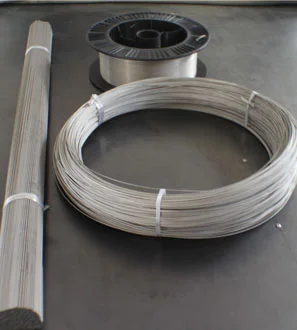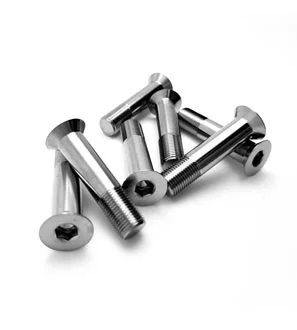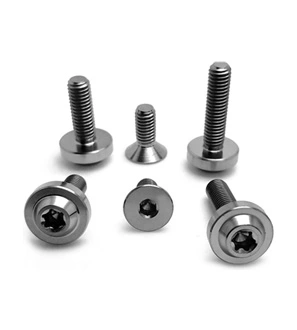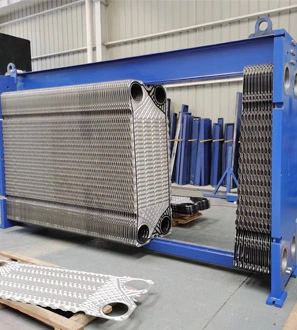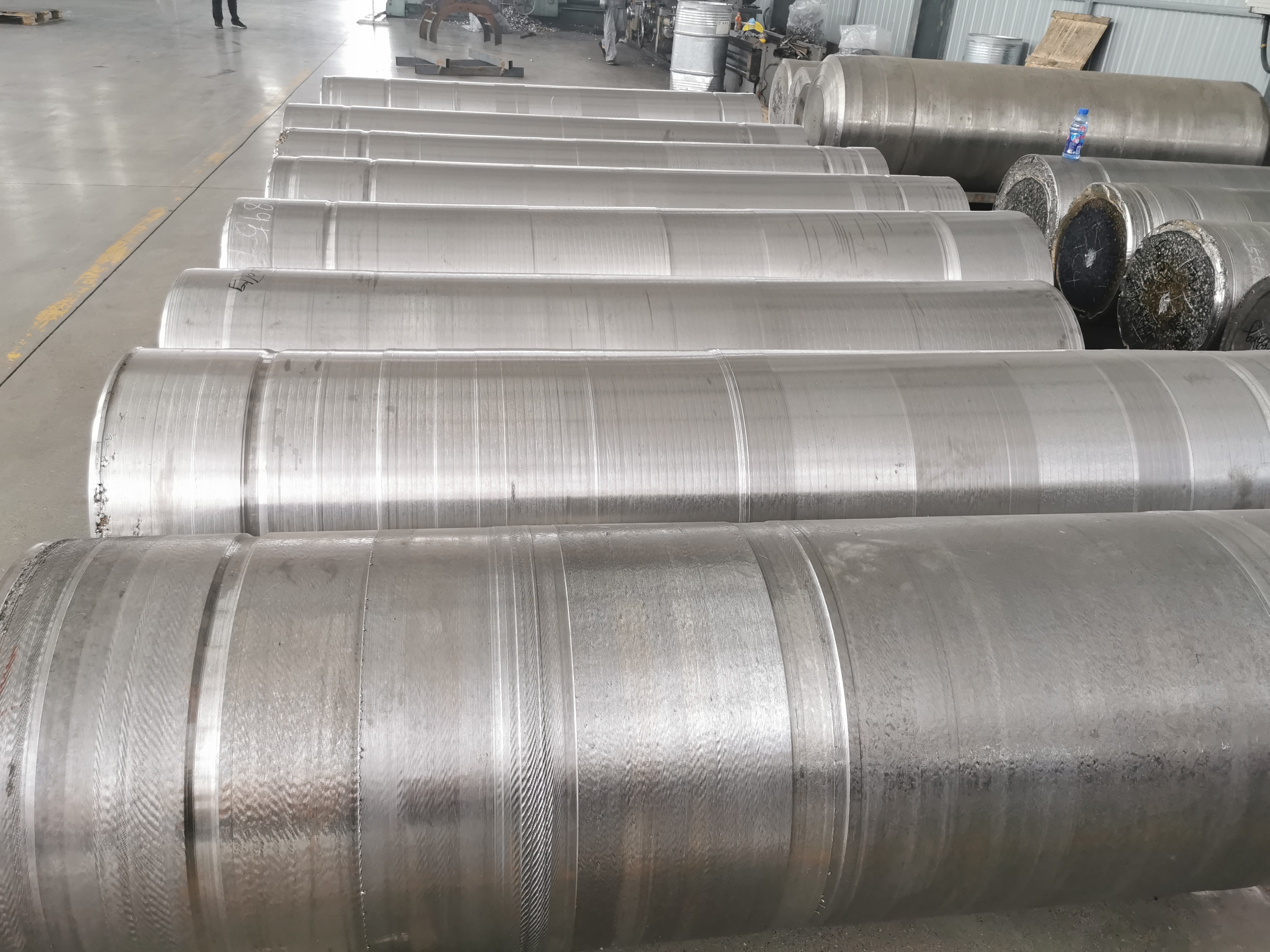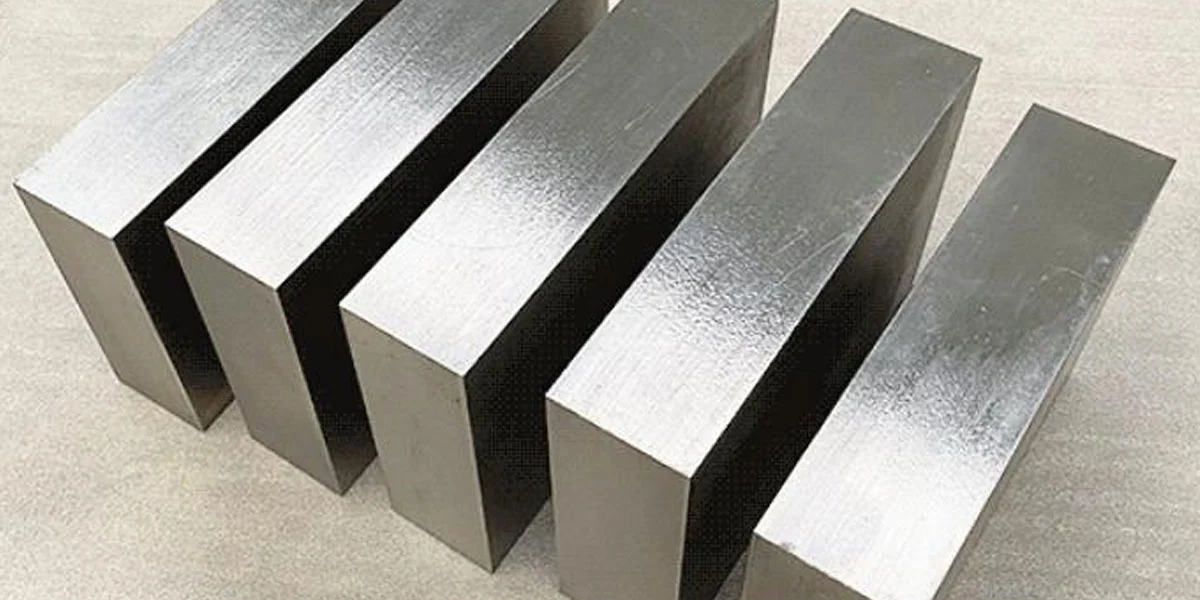Thank you for your
attention on Yesheng !
Titanium heat exchanger manufacturer Baoji Yesheng Titanium Co., Ltd. Overview of titanium heat exchanger structure
The titanium heat exchanger is a new type of high-efficiency heat exchanger that is made up of a series of stacked metal sheets with a certain corrugated shape. Thin rectangular channels are formed between the various plates, and heat energy is exchanged through half of the sheets. It is different from conventional tubes. Compared with shell heat exchangers, under the same flow resistance and pump power consumption, its heat transfer coefficient is much higher, and it has a tendency to replace shell and tube heat exchangers within applicable scales. Commonly used materials for plates in the titanium plate heat exchanger and heat exchanger industry mainly include austenitic stainless steel, titanium and titanium alloys, nickel and nickel alloys, etc. Industrial pure titanium 127 is used in plate heat exchangers, industrial pure titanium 276 and Ti-0.3Mo-0.8Ni345 are used in tubular heat exchangers. Plate heat exchangers made of TA1 titanium plates have many advantages over tube and tube heat exchangers and are highly competitive in the market. They are mainly used Used in heat exchange systems such as chemical industry, petroleum, ships, seawater desalination, etc.
The plate heat exchanger has the following unique features in design:
(1) High efficiency and energy saving: Its heat transfer coefficient is 3000~4500 kcal/m2?℃?h, which is 3~5 times higher than the thermal efficiency of shell and tube heat exchanger.
(2) Compact and close: The plates of the plate heat exchanger are precisely arranged. Compared with other heat exchanger types, what are the characteristics of the plate type pure titanium frame? The heat exchanger occupies less area and space, and the same heat exchange energy The area of plate heat exchanger is only 1/5 of that of shell and tube heat exchanger.
(3) Easy to clean and convenient to disassemble and assemble: The plate heat exchanger relies on clamping bolts to clamp the clamping plates, so it is easy to disassemble and assemble. It can be opened and cleaned at any time. At the same time, because the plate surface is smooth and the turbulence is deep, it is not easy to scale.
(4) There is no cross-flow of liquid. The sealing groove of the plate heat exchanger is equipped with a drain channel, so that various media will not cross-flow. Even if leakage occurs, the medium will always be discharged outward.
(5) Long service life: Plate heat exchangers are pressed with stainless steel or titanium alloy plates, which are resistant to various corrosive media. The rubber pads can be replaced at will and can be easily disassembled and repaired.
(6) Strong adaptability: The plates of the plate heat exchanger are independent components, and the processes can be increased or decreased as required, with various forms; it can be applied to the requirements of various different processes.
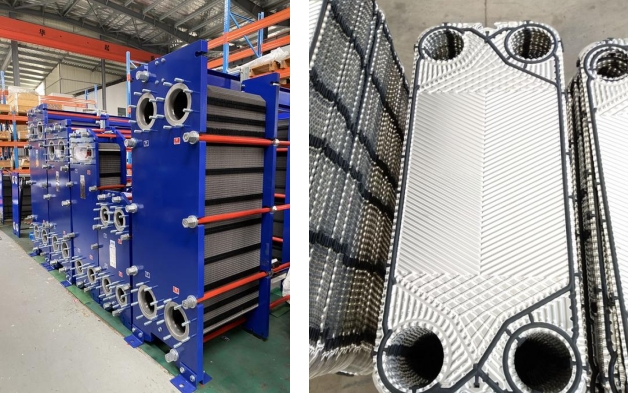
The basic structure of a titanium plate heat exchanger: a titanium plate heat exchanger is mainly composed of a frame and titanium plates. The plates are made of thin plates made of various materials and pressed into different shapes using various production models. Corrugated, and corner holes are opened at the four corners of the plate. The periphery and corner holes of the flow channel plate used for the medium are sealed with rubber (15260, -775.00, -4.83%) gaskets and the frame is fixed and pressed. The plate heat exchanger is composed of plates, movable compression plates, upper and lower guide rods and clamping bolts. The plates are superimposed between the fixed compression plates and the movable compression plates, and then clamped with clamping bolts. .
The MSF device with the largest single unit volume is produced in China, with a capacity of 36,000t/d. It is installed in Italy. The titanium plate heat exchanger is an efficient, compact and compact heat exchange equipment. It was first developed as a continuous low-temperature sterilizer in the 1880s. , began to be used in the food industry in the 1920s. Because titanium plate heat exchangers have some unique features in their construction and application, plate heat exchangers have been widely used in petroleum, chemical industry, light industry, electric power, and smelting. Metal, machinery, energy and other industrial fields have become a very competitive type of heat exchanger family. my country began to produce plate heat exchangers in the 1960s. Until now, plate heat exchangers have been widely used in many fields in our country. The application of titanium and titanium alloys is a promising metal material that has emerged recently. Titanium is used to make heat exchangers with good corrosion resistance, high heat transfer efficiency, smooth surface and no scale layer, small specific gravity, high strength, and equipment Due to its unique features such as small size and mass, it is widely used in aviation, aerospace research and development, ocean engineering, petroleum, chemical industry, metal smelting, electronics, medical drugs and health, food processing, spectrographs and instruments, etc.
 English
English 

